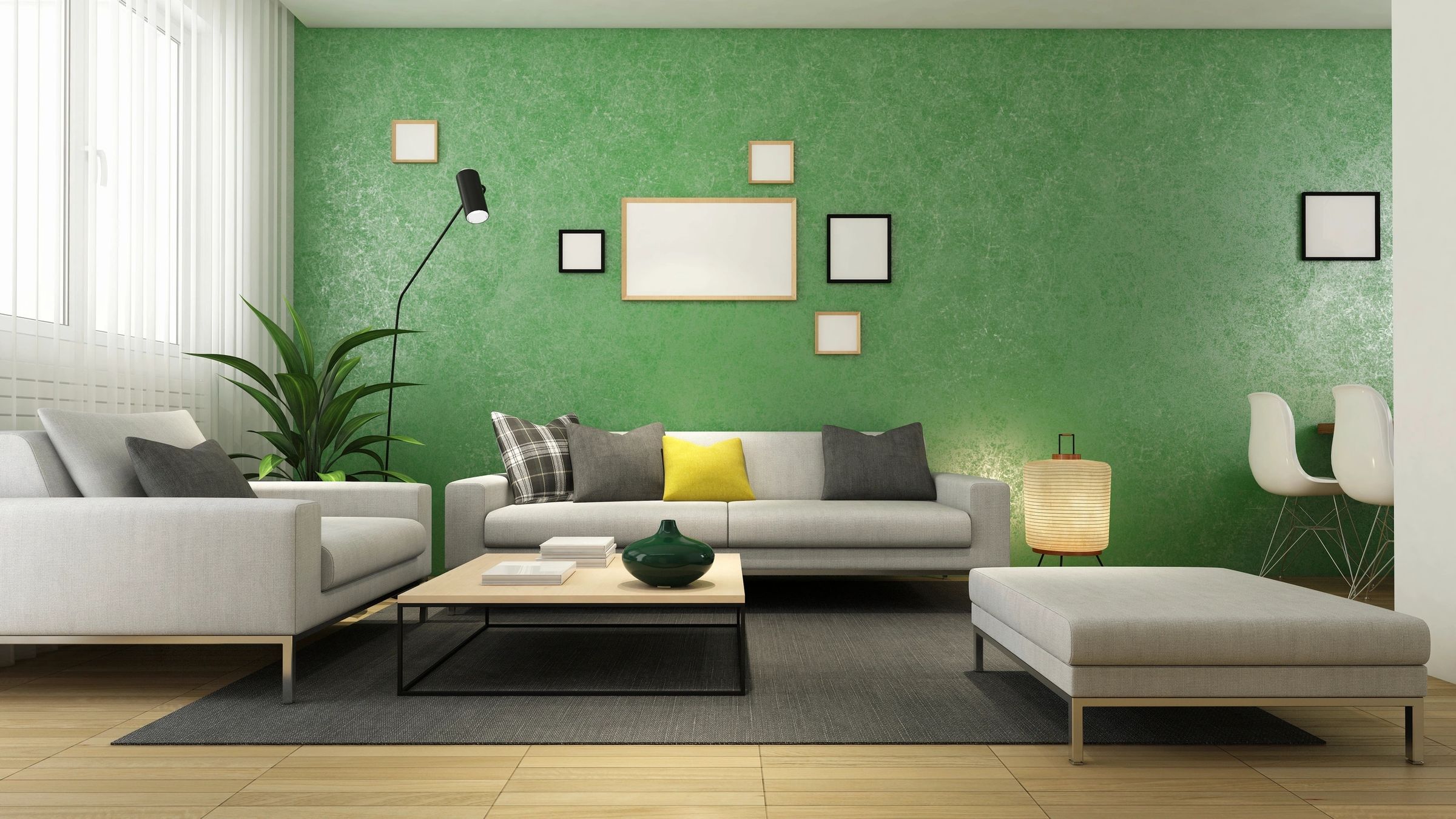Types of Wall Paint and How to Clean Them

The walls in your home set the overall mood and ambiance that you want your home to exude. You could have chosen pastel hues to give off a calm environment. Or maybe, a darker shade of gray as you go for a more industrial feel. For a no-fuss, light and airy mood, you would have chosen an all-white theme. Whatever the shade is, your walls can elevate the look of your home.
Finishing your wall does not end at just choosing the wall paint color. You must also know that there are different types of wall paint to choose from. There are a few considerations to help you choose which type of wall paint to go for. There’s the texture, the characteristic, the visual and most importantly, the needed maintenance. Yes, it is a must to know that different wall paints require different cleaning methods.
As we feel it can be rather difficult for you to decide, we gathered some information on the different types of wall paint that are commonly used and also added some tips on how to clean them, to help you out.
Matte Finish
Matte or Flat finish is devoid of that glossy look which can be your ideal wall paint if you want simplicity. It is the go-to wall paint of most homeowners as it can cover the flaws or scratches on your walls especially when the finish is not as smooth. Another good thing about Matte Finish is its easy application where you can use a roller or a brush.
Here are the steps to clean a matte finish wall:
- Wipe dust off your wall first with a clean cloth or with a vacuum.
- Prepare two pails of water, one with a mild detergent or wall cleaning solution and the other just
plain, clean water for rinsing. - Wash walls with a clean, soft sponge dipped in the soap solution, using a gentle circular motion.
- With another clean sponge, rinse the wall with the clean water.
- Pat dry the walls with a clean, absorbent cloth
Satin
Another type of wall paint that almost everyone knows is the Satin finish. It has that soft shine that gives off a glossy appearance. This will be an ideal type of wall paint for rooms that need to be cleaned regularly. Similar to the Matte Finish, Satin is also easy to apply. But unlike Matte, Satin is not too good at covering your wall’s imperfection.
In fact, it enhances and makes it obvious. Cleaning it too will require careful thought.
Here are the steps to clean a satin painted wall:
- Wipe dust off your wall first with a duster or with a vacuum.
- Wipe it down with a damp cloth. Be sure too not to water down the walls as the Satin paint can be washed away.
- Wipe any fingerprints off the wall with the damp cloth.
- Dampen sponge with ammonia mixed with water at a ratio of 3 caps of ammonia to a half a bucket of water. Wipe the area with the most dirt in a soft manner.
- Pat dry the walls with a clean, absorbent cloth
Eggshell
If your walls do not have the smoothest finish and you want to conceal these bumps, dents and other flaws, then Eggshell paint can work for you. This also has a bit of a sheen but still less glossy than Satin. Most homeowners go for the eggshell because of how easy it is to clean.
The cleaning steps are similar to that of cleaning a Matte or Flat finish. The tip is always to be gentle in wiping down the walls. Do not scrub. Just pat the identified dirty spot then wipe down gently. Cap the wall cleaning with a pat down with a dry clean cloth.
Enamel
You might want the most durable type of wall paint for your frequented room or area in your home. Then, Enamel can be a good choice. It yields a solid, hard finish that can withstand any harsh elements. For kitchen walls and cabinets, use enamel This is also preferred by those who have kids running around the house and being a threat to the walls.
Like the Matte finish, Enamel is also easy to apply and clean. Here are the steps that you can take when cleaning:
- Use a duster or a vacuum to remove any dust before washing your walls.
- Prepare two pails of water, one with a mild detergent or wall cleaning solution and the other just
plain, clean water for rinsing. - Wash walls with a clean, soft sponge dipped in the cleaning solution, using a gentle circular motion.
- If the sponge is already filled with dirt, dip it again in the cleaning solution.
- If the water in the pail turns murky with dirt from the walls, pour it out and make another batch of cleaning mixture.
- With another clean sponge, rinse the wall with the clean water.
- Pat dry the walls with a clean, absorbent cloth
Important Things to Remember
Before you rush your way to cleaning your walls there are some important things that you have to remember so you can keep your walls looking like new.
First, if your walls are newly painted, do not outright clean them. The curing or drying process does not happen overnight. It may even take several weeks for the wall paint to completely dry out. Don’t put that in your checklist first unless you want your paint to go off.
Second, do not use an abrasive sponge or cloth. This can cause damage or scratches on your walls. Opt for a soft cloth or a non-abrasive sponge.
Third, always use a gentle circular motion when wiping down your walls. Rubbing may also cause scratches and can damage your walls.
Lastly, always pat dry the walls after cleaning your walls. This is to absorb any moisture that can also damage your walls.
